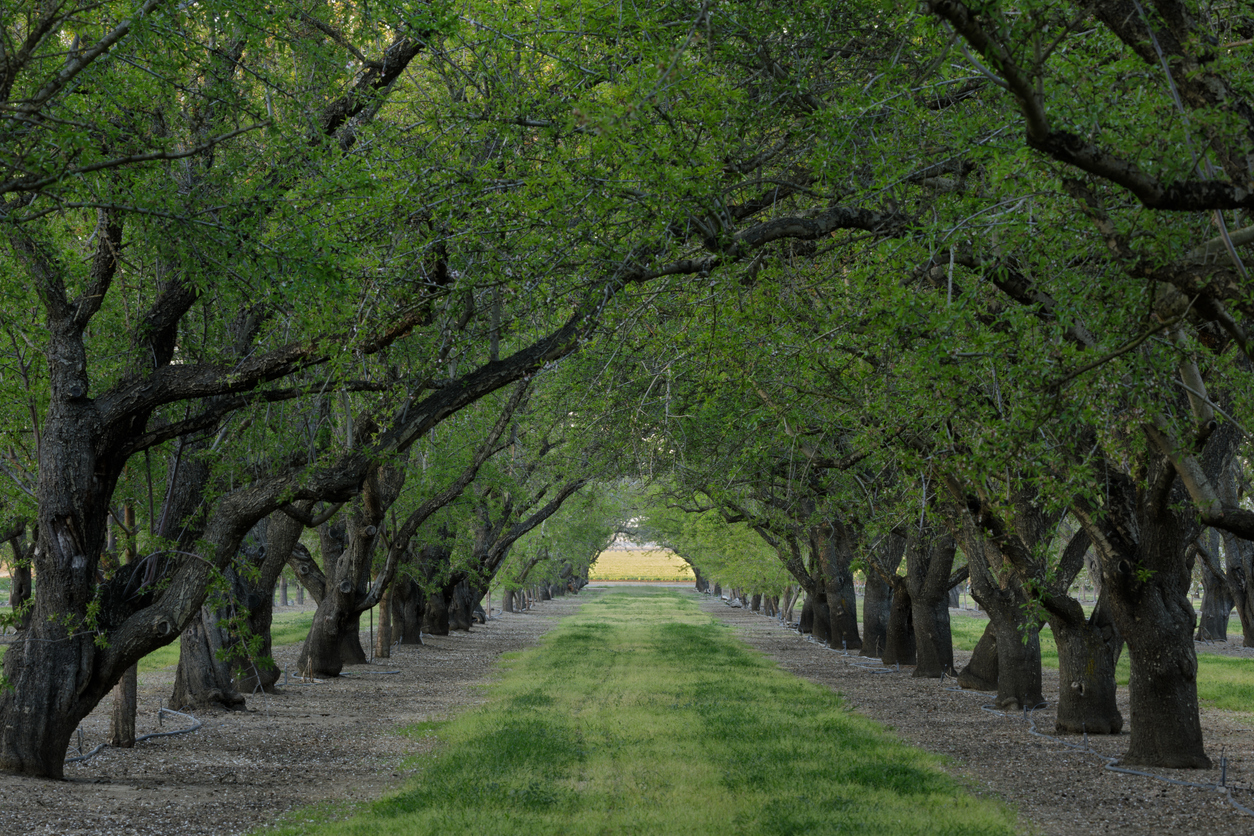By: Emily Plauche, Urban Forestry Coordinator
More and more people are moving to cities, a trend which doesn’t seem to be slowing down.
Around 80% of Americans live in cities and by 2050 it is predicted this will increase to 87%. With increased rates of urbanization comes a struggle between balancing green and gray infrastructure. The question becomes- how do we balance our built environment with the natural environment? We’re quickly realizing the exclusive use of man made materials, such as concrete and asphalt, in our cities and urban environment is leading to a slew of problems such as worsening the urban heat island effect, increased storm water runoff and flooding, poor air quality, and decreased recreational opportunities. These issues are problematic for many reasons, arguably the most important of which is the negative impact on human health.
Trees and green infrastructure can help address these issues and make city life more enjoyable. The goal of green infrastructure is to use nature as a solution to urban and climatic challenges. Components can include storm water management, climate adaptation, heat mitigation, improved water and air quality, and improved quality of life through recreation. One application of green infrastructure is the thoughtful incorporation of trees in our urban environment. Urban trees have been identified as one of the best strategies to help strengthen the global response to climate change. For example, trees help lessen the urban heat island effect by cooling through shading and evapotranspiration. It has been observed that shaded surfaces can be 20-45°F cooler than unshaded surfaces at the hottest part of the day and evapotranspiration can reduce summer temperatures by 2-9°F.
Even though we can see the importance of trees in the urban environment, they are commonly an afterthought in the planning and design process. As cities continue to grow and impervious materials are used, trees and green infrastructure should be more thoughtfully used and incorporated into city planning. For example, trees need adequate room for growth- both above and below ground. Most importantly, tree roots need adequate soil volume so that trees can reach their full potential while also supporting a healthy canopy and roots, which keep the tree anchored. Common mistakes are planting trees in poorly drained, compact soils and leaving small islands or strips of soil that are bound on both sides by concrete. Or worse, not including any trees in development plans where high amounts of impervious surfaces, such as concrete and asphalt, are used. This will only exacerbate urban heat, air pollution, and increase runoff.

Urban expansion brings with it new roads, buildings, and homes. Alongside these structures come the inevitable parking lots. It is common practice to strip large pieces of land and clearcut trees, only to replace them with a few saplings in small islands of soil and meet the city’s minimum parking lot requirements. In most cases these small islands do not have enough soil volume to support long-term tree growth, trees must be frequently replaced, and adequate shading from their canopies will never occur. There are several alternatives to this scenario, one of which is to install long linear soil strips through the parking lot that are at least 8 feet wide. This will allow groups of healthy trees to grow together in the same soil space and tree canopies to eventually spread far enough to provide shade. Another solution is to build the parking lot around groups of existing healthy trees and keep several larger more continuous pieces of soil intact, which provide adequate growing conditions for trees.
Urban trees help control adverse conditions in city life when planted and managed correctly and increased emphasis should be placed on green infrastructure and the benefits trees bring our cities. Money spent on urban forestry has a high return on investment and should be prioritized by developers and planners. We commonly think infrastructure issues or expansion should only be done using manmade materials, but with a little more planning and forethought, nature and green infrastructure can help address many issues we face today.
